In the mysterious world of reptiles, snakes stand out as remarkable predators that have evolved to hunt effectively despite lacking what many would consider essential: the ability to hear airborne sounds. While humans and many other animals rely heavily on auditory cues to locate prey and avoid predators, snakes have developed alternative sensory systems that allow them to thrive as formidable hunters. Their success story represents one of nature’s most fascinating examples of adaptive evolution, demonstrating how different sensory pathways can evolve to fulfill similar functions. This exploration will unveil the extraordinary mechanisms that enable snakes to detect prey, navigate their environments, and maintain their status as apex predators in many ecosystems—all without conventional hearing capabilities.
The Myth of Deaf Snakes
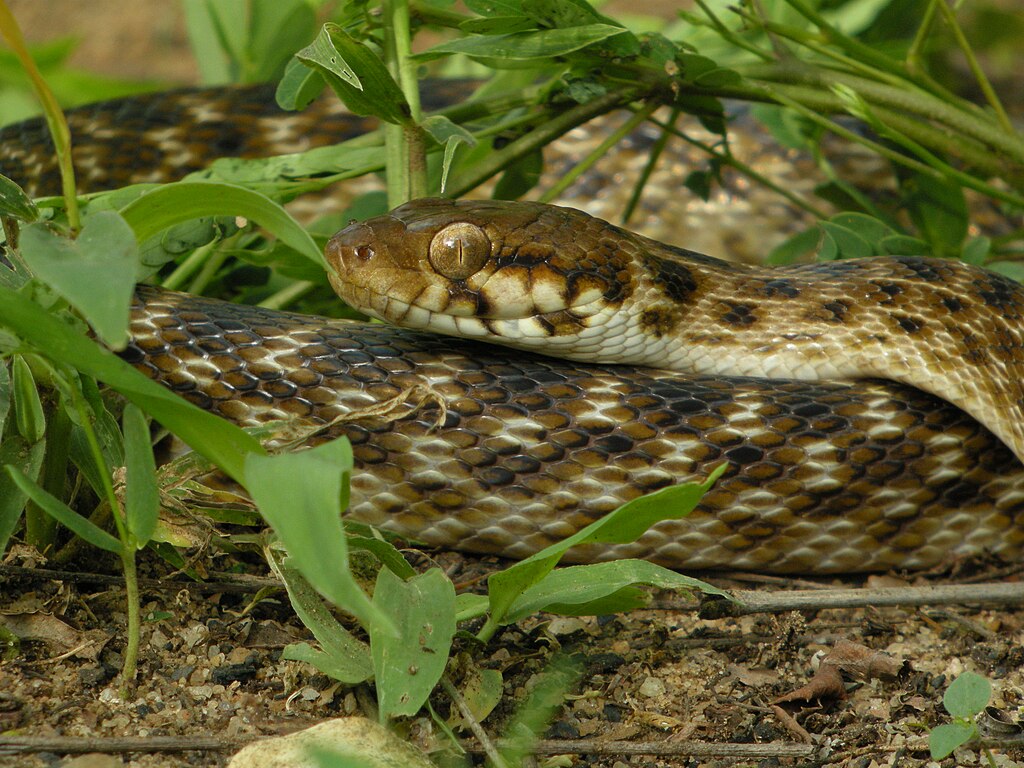
The common misconception that snakes are completely deaf requires immediate clarification. Snakes aren’t truly deaf in the strictest sense, but rather experience sound in a fundamentally different way than mammals do. They lack external ears and middle ear structures (including eardrums) that would allow them to detect airborne sound waves effectively. This anatomical difference means they cannot hear sounds in the way humans conceptualize hearing, but they aren’t operating in a completely silent world either. Instead, snakes have evolved specialized adaptations that allow them to detect vibrations through their jawbones and through the ground, providing them with information about their surroundings that serves similar purposes to what we gain through hearing. This distinction between being deaf and having alternative hearing mechanisms is crucial for understanding the remarkable sensory world of these reptiles.
The Anatomy of Snake Hearing

The snake’s hearing apparatus differs dramatically from the mammalian ear in both structure and function. Rather than external ear openings, snakes possess internal ear structures connected to their jawbones. Their inner ear contains the cochlea and vestibular apparatus similar to other vertebrates, but these connect to a single middle ear bone called the columella (or stapes). This columella transmits vibrations from the jawbone to the inner ear, where they are processed as sound information. When a snake places its head against the ground, vibrations travel through the jawbone into the columella and finally to the inner ear. This system is particularly sensitive to low-frequency vibrations traveling through solid substances or substrates rather than air, which explains why snakes respond more readily to ground-borne vibrations than airborne sounds. This adaptation allows them to detect the movements of nearby prey animals even when they can’t see them.
Feeling the Vibrations: Ground Transmission

Snakes excel at detecting vibrations that travel through the ground, a skill that proves invaluable for hunting and survival. When prey animals move across the substrate—whether soil, sand, or leaf litter—they generate subtle vibrations that ripple outward. A snake’s lower jaw, in direct contact with the ground, acts as a receiver for these vibrations, which then travel through the bones to the inner ear. This system is remarkably sensitive; research suggests some snake species can detect prey movements from several meters away based solely on ground vibrations. Desert-dwelling snakes often showcase this ability most impressively, locating prey hidden beneath the sand by tuning into their movements. This sensitivity to ground-borne vibrations explains why many prey animals freeze when detecting a predator—they’re essentially trying to become vibrationally “invisible” to potential hunters like snakes.
The Jacobson’s Organ: Tasting the Air
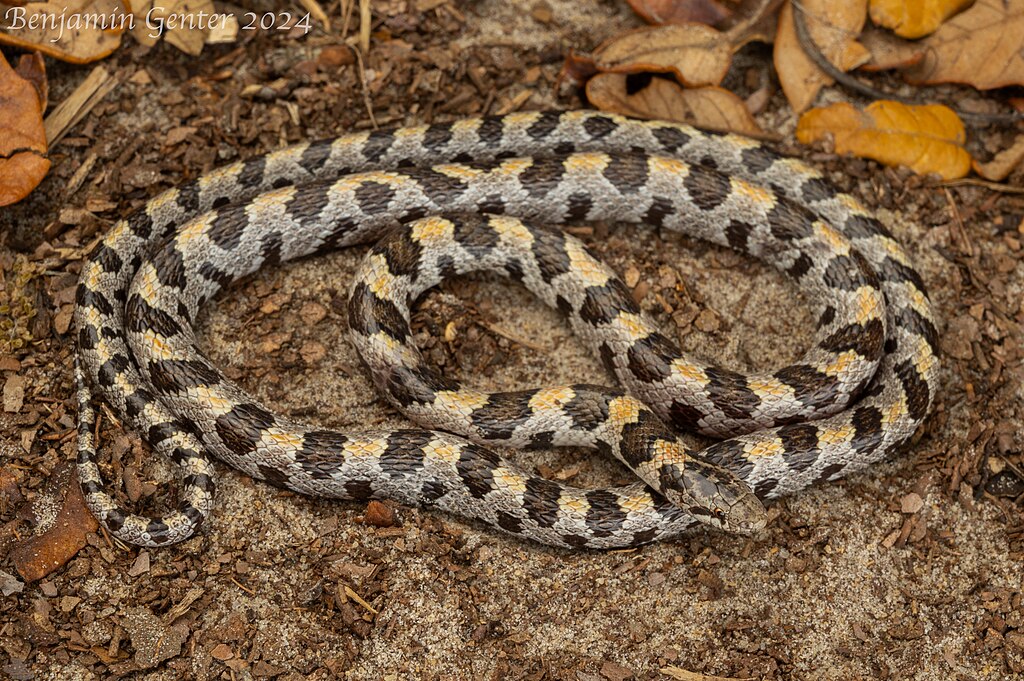
Perhaps the most iconic sensory adaptation in snakes is their vomeronasal or Jacobson’s organ, which allows them to literally taste the air for chemical signals. Located on the roof of the mouth, this specialized organ processes chemical particles collected by the snake’s forked tongue. When a snake flicks its tongue, it’s gathering air particles laden with scent molecules from its environment. The forked design allows for directional sampling—the snake can determine which direction a scent is stronger by comparing the chemical information from each fork of the tongue. Once the tongue retracts, these particles are transferred to the Jacobson’s organ for processing, providing the snake with detailed information about nearby prey, potential mates, or predators. This chemosensory system is so sophisticated that some snakes can follow prey trails hours or even days old, effectively creating a chemical map of their surroundings that compensates for their limited hearing capabilities.
Infrared Detection: Seeing Heat
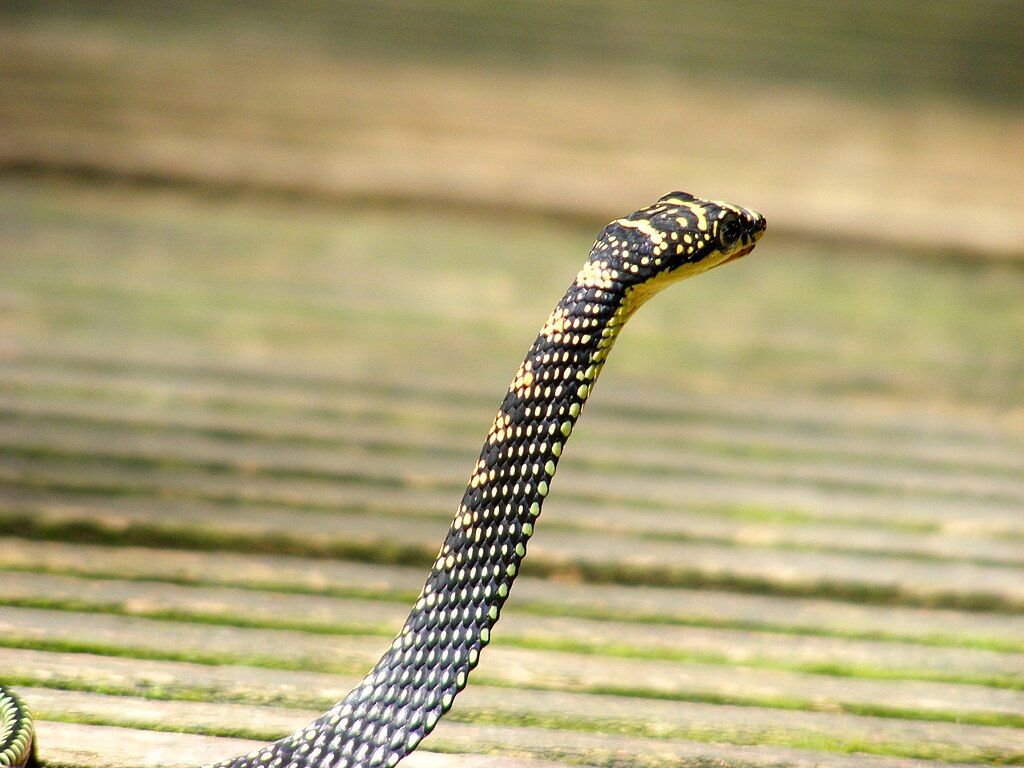
Certain snake families, most notably pit vipers, boas, and pythons, possess an extraordinary sensory adaptation that allows them to “see” heat in the form of infrared radiation. These snakes have specialized heat-sensing pit organs located between their eyes and nostrils. These organs can detect temperature differences as small as 0.003 degrees Celsius, allowing the snake to create a thermal image of its surroundings. For nocturnal hunters, this ability provides an enormous advantage, enabling them to locate warm-blooded prey in complete darkness. The pit organs work independently of the visual system, essentially giving these snakes a sixth sense. When hunting, a pit viper can strike with remarkable precision at the warmest part of its prey—typically the body core where vital organs are located—even if it can’t see or hear the animal. This infrared detection system compensates tremendously for the snake’s inability to hear airborne sounds, particularly when hunting mammals and birds.
Visual Adaptations for Hunting
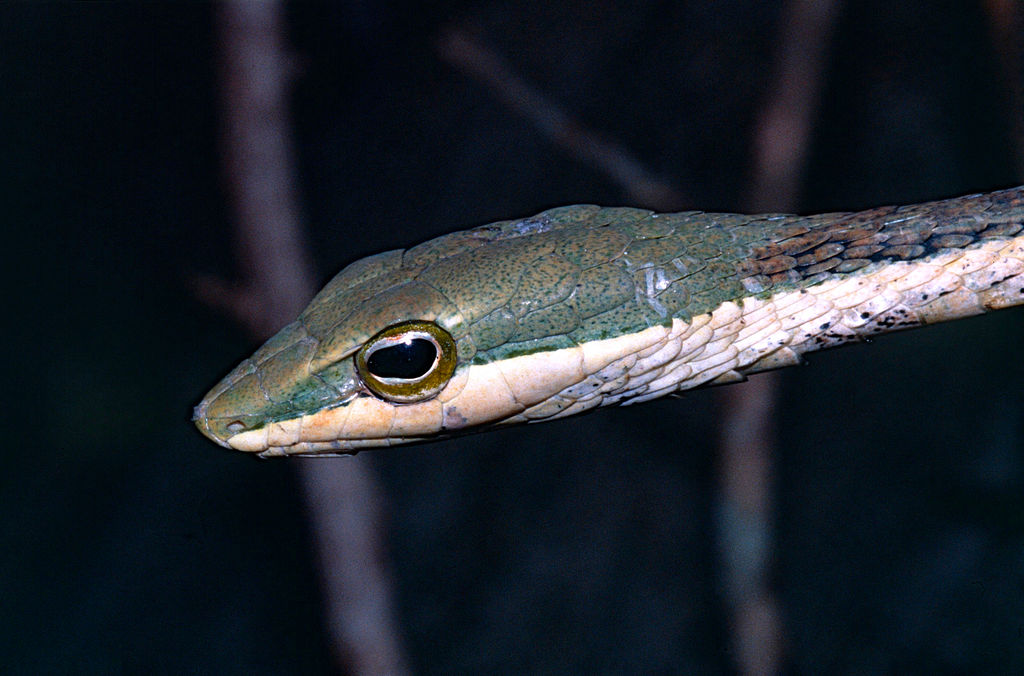
While snakes lack conventional hearing, many species have developed enhanced visual systems that contribute significantly to their hunting prowess. Snake vision varies widely across species, with adaptations reflecting their ecological niches and hunting strategies. Arboreal (tree-dwelling) snakes typically have excellent binocular vision that helps them judge distances accurately when striking at prey among branches. Many diurnal hunters possess color vision that helps them spot potential meals against varied backgrounds. Some species, particularly those active at dawn and dusk, have specialized retinal adaptations that enhance light sensitivity, allowing them to hunt in low-light conditions. Even species with relatively poor visual acuity often excel at detecting movement, which helps them identify potential prey items. These visual adaptations work in concert with their other sensory systems, creating a multi-modal approach to hunting that compensates for their lack of conventional hearing.
Tactile Sensitivity: The Power of Touch

The snake’s entire body serves as a sophisticated touch receptor, giving these reptiles an extraordinary level of tactile awareness that partially compensates for their limited hearing. Their scales contain numerous touch receptors that can detect subtle changes in pressure and texture against their bodies. This heightened tactile sensitivity allows them to detect the movements of nearby animals through direct contact or even through minor air pressure changes. Snakes that constrict their prey use this tactile feedback to monitor their victim’s heartbeat and breathing, knowing precisely when to tighten or maintain their grip. Burrowing species rely heavily on tactile information to navigate through soil and locate prey underground. Even when stationary, a snake can detect an approaching animal by feeling vibrations or pressure changes transmitted through the substrate. This whole-body sensitivity to touch provides crucial information that other animals might gather through hearing.
Ambush Hunting Strategies
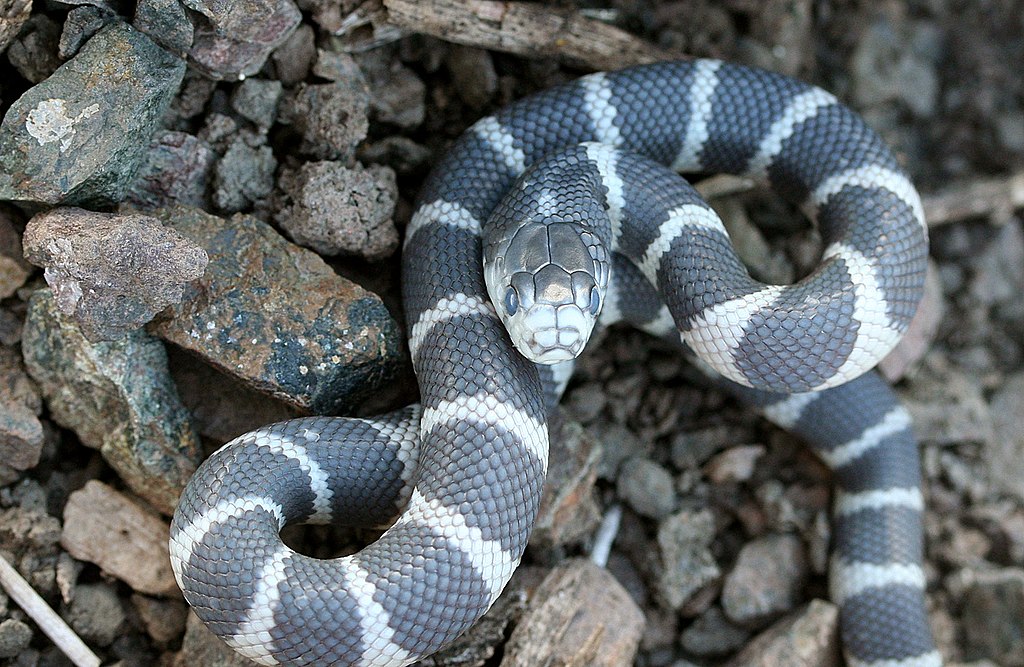
Many snake species have evolved sophisticated ambush hunting techniques that minimize the disadvantage of not hearing airborne sounds. These predators position themselves strategically along game trails or near water sources where prey animals are likely to pass. Rather than actively pursuing prey (which might require auditory tracking), they remain perfectly still, sometimes for days, waiting for prey to come within striking range. Ambush hunters like rattlesnakes, vipers, and many pythons rely heavily on their patience and ability to blend into their surroundings. When prey approaches, these snakes detect them through visual cues, ground vibrations, thermal radiation (for pit vipers), or airborne chemical signals. The strike itself happens with remarkable speed—some vipers can strike in less than 50 milliseconds, faster than a human can blink. This ambush strategy proves highly effective and energy-efficient, allowing snakes to successfully capture prey despite their inability to hear approaching animals in the conventional sense.
Active Foraging Without Sound Detection
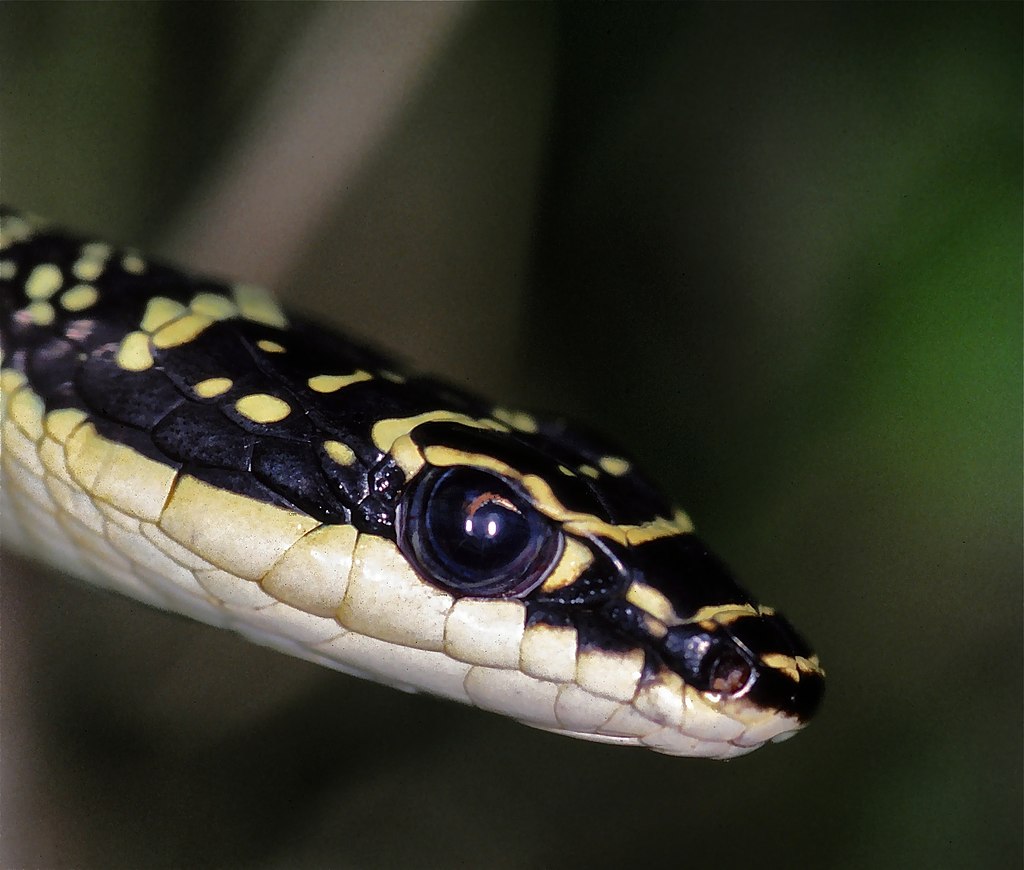
Not all snakes are ambush predators; many species actively forage for prey without relying on auditory cues that other predators might use. These active hunters, including many colubrids like rat snakes and racers, move through their environment constantly searching for prey using their highly developed visual and chemical senses. They flick their tongues frequently to sample the air for prey scents, essentially creating a three-dimensional chemical map of their surroundings. When following a scent trail, these snakes move in a distinctive side-to-side pattern, continuously testing the air to determine the direction of the strongest chemical signal. Their excellent vision allows them to spot movement even at considerable distances, compensating for their inability to hear prey vocalizations. Many of these active foragers are diurnal (day-active), taking advantage of the visual conditions when their keen eyesight provides the greatest advantage. This foraging strategy demonstrates how effectively snakes have evolved alternative sensory systems that compensate for their limited hearing capabilities.
Specialized Hunting Adaptations in Aquatic Snakes
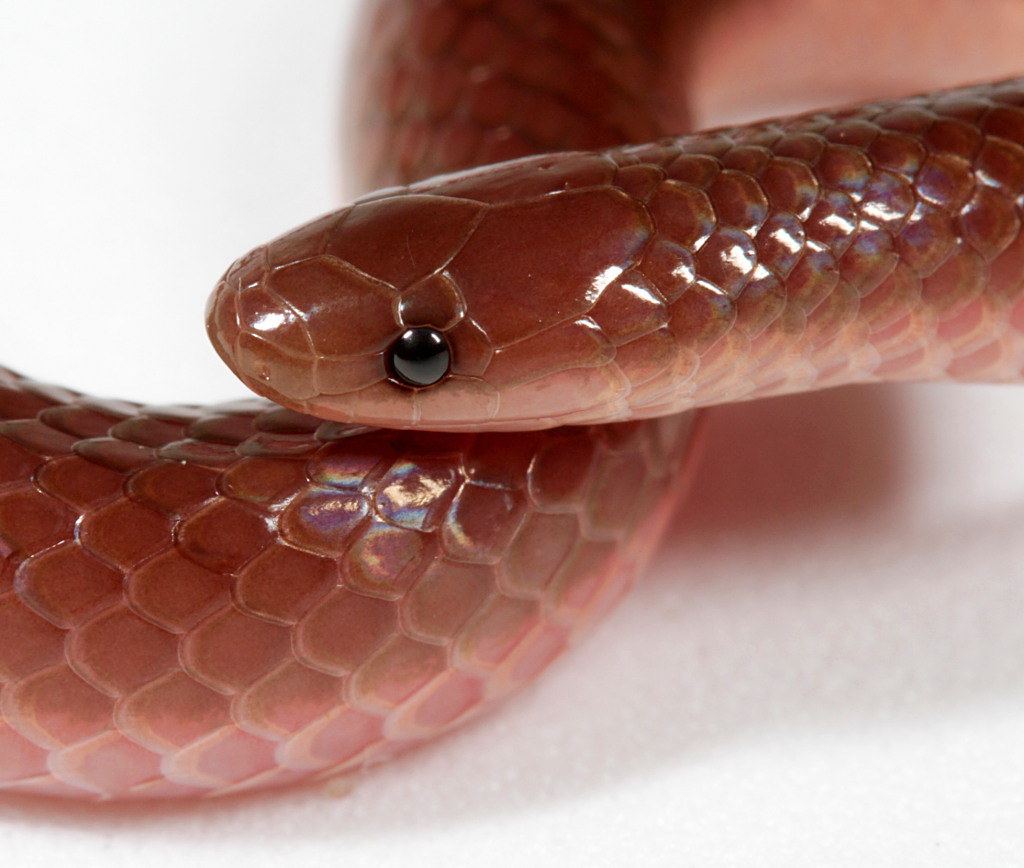
Water-dwelling snakes face unique sensory challenges yet thrive as predators despite their inability to hear conventional sounds. Species like water moccasins, anacondas, and sea snakes have developed specialized sensory adaptations for aquatic hunting. Many water snakes can detect pressure changes in the water created by swimming prey, effectively “feeling” their approach. Their eyes and nostrils are positioned on top of their heads, allowing them to remain nearly completely submerged while still being able to see and breathe. Some aquatic species have particularly sensitive lateral line systems (similar to those in fish) that detect water movement and pressure changes, compensating for their inability to hear underwater sounds. Sea kraits and sea snakes have evolved paddle-shaped tails that help them detect and respond to water movements created by nearby fish. These adaptations collectively allow aquatic snakes to be highly successful predators in underwater environments where conventional hearing would be of limited use even for animals that possess it.
Evolutionary Advantages of Alternative Sensory Systems
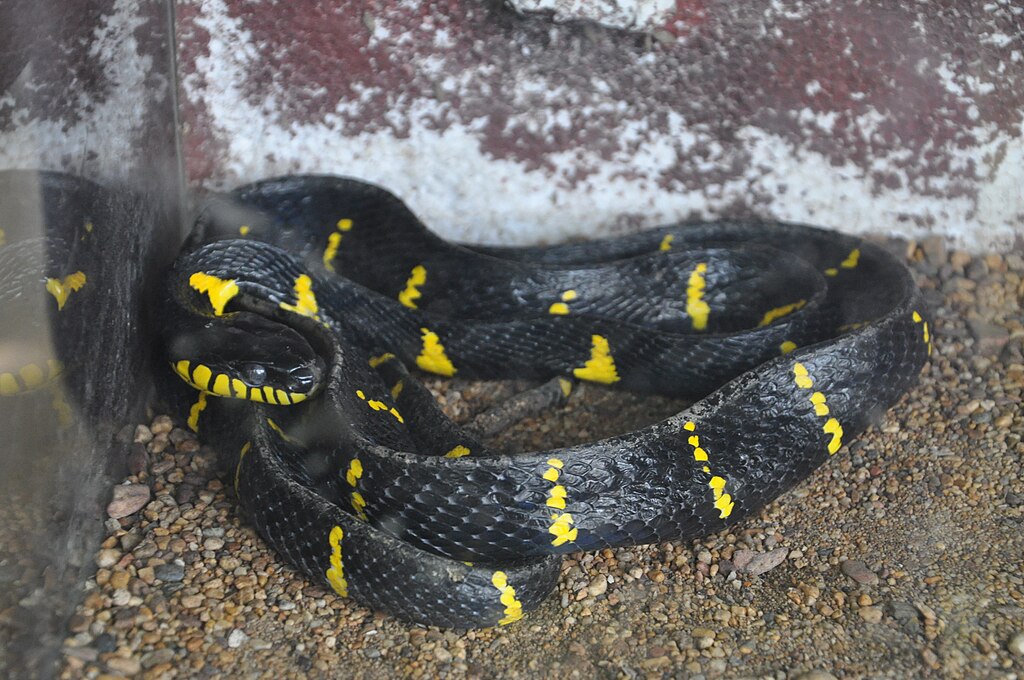
The snake’s reliance on alternative sensory systems rather than conventional hearing represents a fascinating evolutionary path with several distinct advantages. By investing developmental resources in enhancing other senses rather than maintaining complex hearing structures, snakes have optimized their sensory capabilities for their specific ecological niches. Their chemosensory system allows them to track prey through conditions where visual or auditory tracking would be impossible, such as through dense vegetation or underground burrows. For nocturnal hunters, infrared sensing provides a tremendous advantage that hearing alone could never offer, allowing them to locate prey with precision in complete darkness. The snake’s simplified anatomy—lacking external ear structures—contributes to their streamlined body form, which facilitates their distinctive locomotion and ability to access confined spaces. Furthermore, ground vibration detection often provides more relevant information for a ground-dwelling predator than airborne sound perception would. These alternative sensory adaptations demonstrate how evolution can produce remarkably effective solutions through different pathways.
Scientific Research and New Discoveries

Our understanding of snake sensory perception continues to evolve as researchers employ increasingly sophisticated technologies to study these remarkable reptiles. Recent studies using functional MRI imaging have revealed that snake brains process sensory information differently than previously thought, with greater integration between different sensory inputs than expected. Neurobiologists have discovered that the snake’s brain devotes considerable processing power to integrating information from their various sensory systems, creating a unified perception of their environment despite lacking conventional hearing. Genetic research has identified specialized receptor proteins in pit vipers that allow for their extraordinary thermal sensitivity, opening possibilities for biomimetic applications in sensor technology. Some cutting-edge research even suggests that certain snake species may be more sensitive to low-frequency airborne vibrations than previously recognized, potentially detecting sounds through body tissues rather than conventional ear structures. As scientific techniques advance, our appreciation for the complexity and sophistication of snake sensory systems continues to deepen, challenging long-held assumptions about these remarkable predators.
Lessons from Snake Sensory Adaptation
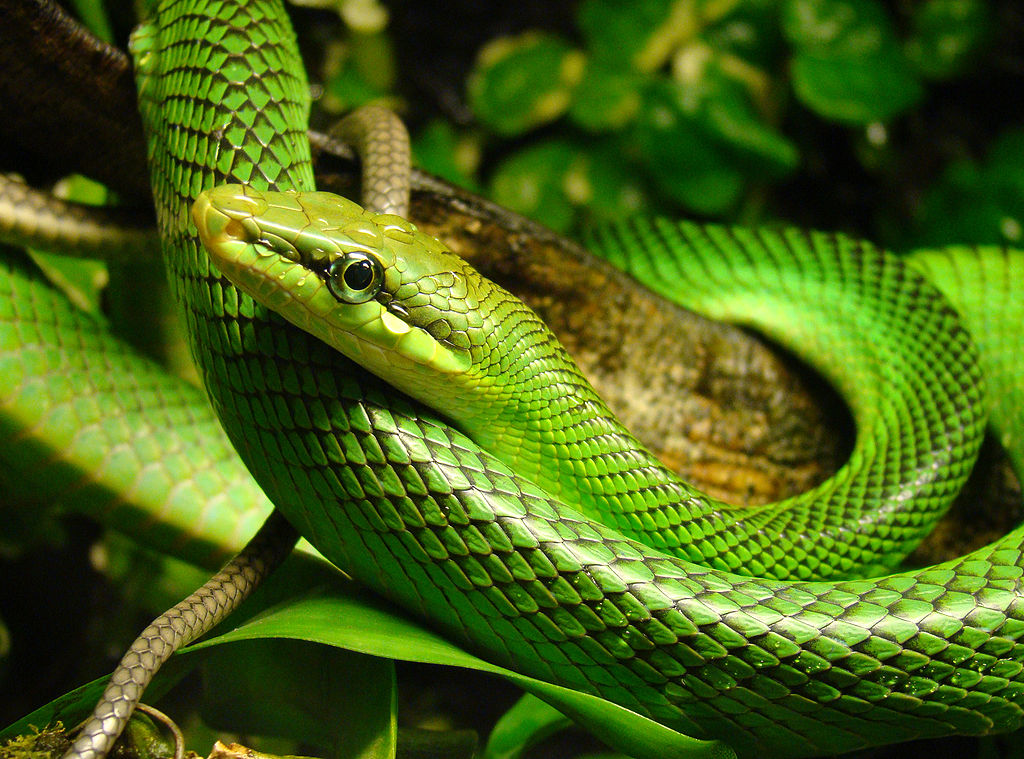
The remarkable sensory adaptations of snakes offer valuable insights that extend far beyond herpetology. Their specialized sensory systems demonstrate the principle of multiple evolutionary pathways to solving similar problems—while most vertebrate predators rely heavily on hearing for hunting, snakes showcase how alternative sensory modalities can fulfill the same ecological functions. This understanding has practical applications in fields like robotics, where engineers draw inspiration from snake sensory systems to design machines that can operate in environments where conventional sensors would fail. Medical researchers study the extraordinary sensitivity of pit vipers’ infrared detection for developing better thermal imaging technologies. Conservation biologists leverage knowledge of snake sensory ecology to develop more effective management strategies for endangered species. Perhaps most fundamentally, studying how snakes perceive their world without conventional hearing reminds us of the remarkable diversity of sensory experiences across the animal kingdom, challenging our anthropocentric assumptions about what constitutes effective perception. These serpentine hunters prove that evolution finds remarkable solutions to life’s challenges, even when conventional pathways are not available.
The snake’s hunting prowess without conventional hearing represents one of nature’s most elegant examples of sensory adaptation. Through a combination of specialized vibration detection, chemical sensing, infrared perception, enhanced vision, and exquisite tactile sensitivity, these reptiles have overcome what might seem like a significant limitation to become some of Earth’s most successful predators. Their sensory world, so different from our own, reminds us that perception exists on a spectrum far broader than human experience can directly comprehend. As we continue to study these remarkable creatures, we not only gain insights into their biology but also expand our understanding of the diverse ways that life can sense and interpret the world. The snake’s story is ultimately one of evolutionary innovation—proof that nature’s creativity finds successful pathways even when conventional doors appear closed.





